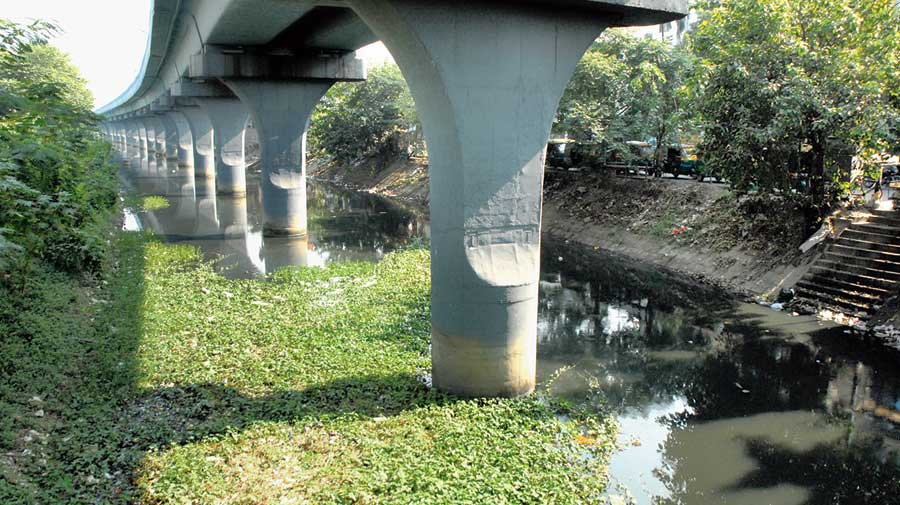A joint dialogue is on the cards to stop pollution of the Adi Ganga, also known as Tolly’s Nullah, and Buriganga rivers, located in Bengal and Bangladesh, respectively.
An international water conference, recently held at Sylhet; Bangladesh, decided to explore the possibility of a pan-south Asia project to address the pollution of one key river in each of five countries — India, Bangladesh, Nepal, China and Malaysia. The conference was organised by the non-profit, Action Aid of Bangladesh.
“One of the major decisions that we have taken at the end of the last conference is to explore the possibility of a joint project to combat the pollution of rivers in various south Asian countries. The river chosen in Bangladesh is the Buriganga, which flows beside Dhaka; while the Adi Ganga, that flows through Kolkata, is the one chosen from India,” said professor Imtiaz Ahmed, an expert on south Asian water geopolitics who was a key figure at the conference.
The other rivers chosen for the study are the Puyang in China, Bagmati in Nepal and the Klang in Malaysia.
“Action Aid is working on the transboundary proposal. Taylor’s University in Malaysia has expressed interest to support it,” added Ahmed.
“We are trying to look at the polluted rivers of south Asia, and definitely a Buriganga-Adi Ganga dialogue is possible if everything works out,” said Farah Kabir, country director of ActionAid, Bangladesh.
The decline of Adi Ganga despite court orders
According to experts at the meeting, the idea was mooted on the basis of a presentation by an Indian expert that showcased how several urban rivers across south Asia have turned into sewers due to neglect and underscored the importance of a coordinated approach to tackle the problem. The Adi Ganga, into which wastewater is emptied from all sides, was used as a case study in the presentation.
“The river, which was the main channel of the Ganga till 1750, has got extremely polluted and is now practically a sewer or a dead river stretch with more than a million faecal bacteria in 100 millilitre of its water and zero dissolved oxygen,” said a river researcher at the Sylhet summit.
Encroachment is another serious problem faced by the Adi Ganga. “Can you believe that a stretch of the national river spanning a few kilometres has been completely filled up and people have appropriated it like it is their personal property!” said the expert.
“The Adi Ganga is important for the city, especially for the southern part of Kolkata, which has a dwindling number of water bodies, and we need to do everything possible to rejuvenate the river. Already we are working on it with funds from the World Bank,” said mayor Firhad Hakim to The Plurals.
“I welcome the proposed Adi Ganga-Buriganga dialogue on combating river pollution as it is always good to learn from similar experiences elsewhere,” added the mayor.
Environment activist Subhas Datta, who had filed the first case on the Adi Ganga pollution more than two decades ago, said “nothing has happened on the ground despite several orders being passed by Calcutta High Court and the National Green Tribunal. Recently the world bank has cleared around Rs 700 crore for rejuvenation of the Adi Ganga under the National Mission for Clean Ganga. The green tribunal has directed that the work be completed within September 2025”.
